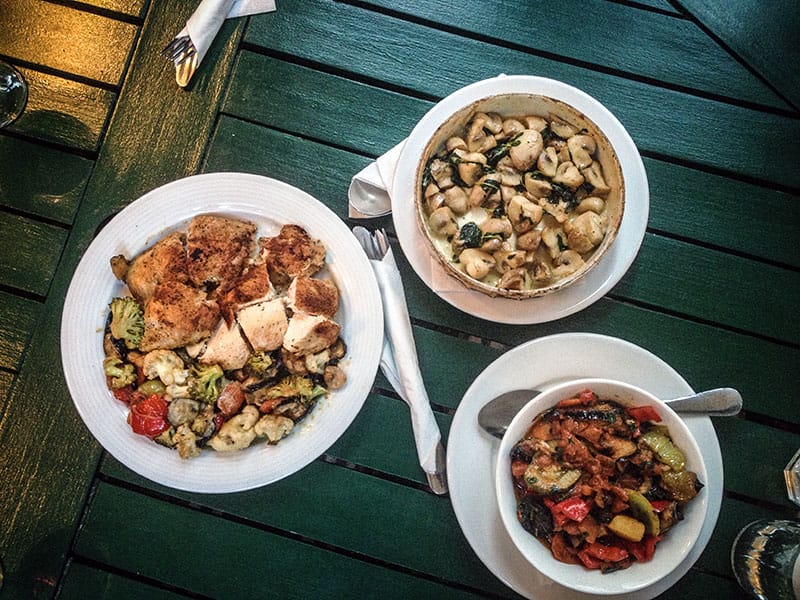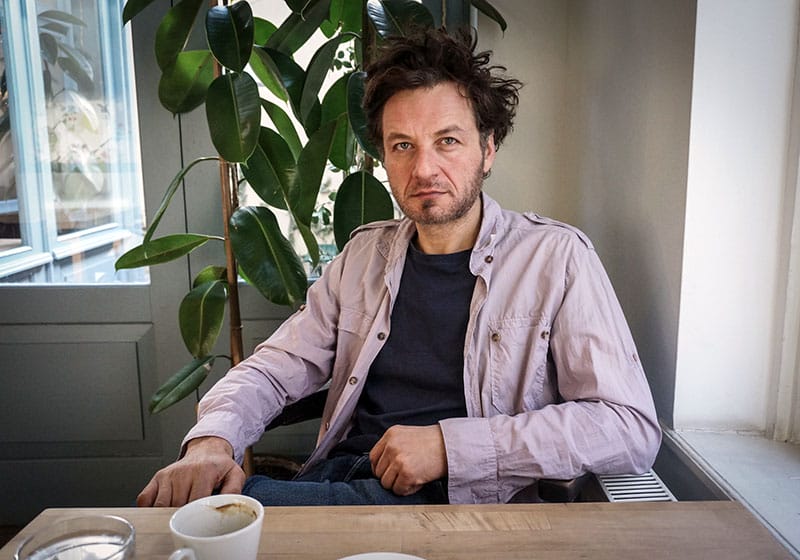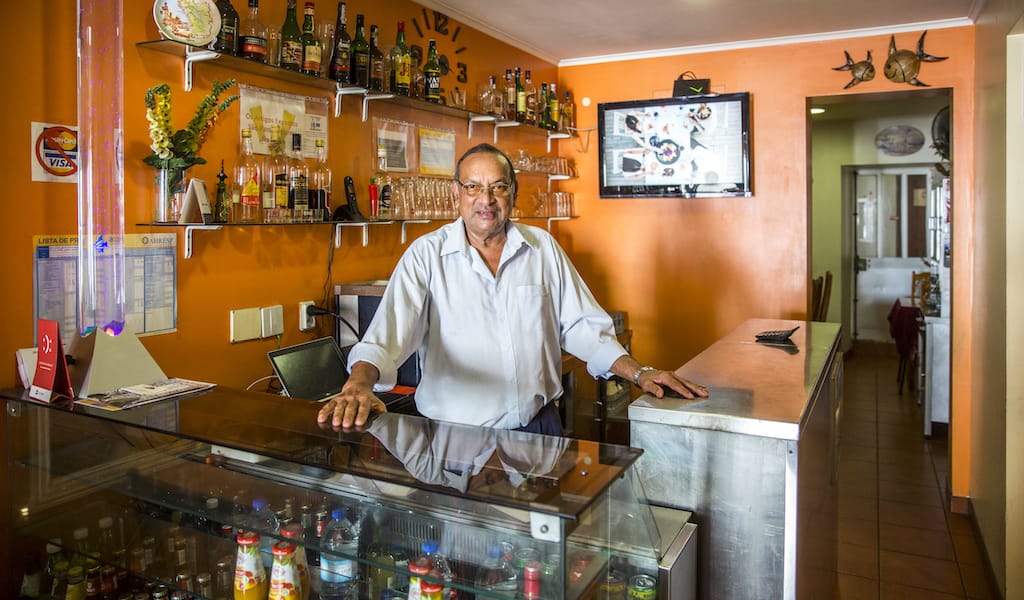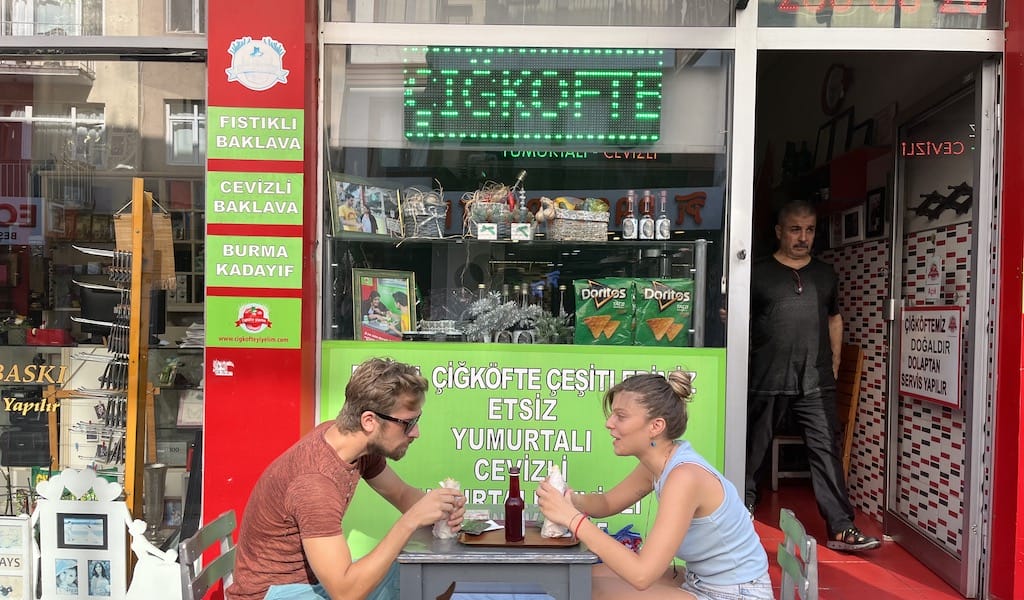Editor’s note: We are sad to report that Citron Plus has closed.
Tbilisi’s Vake Park district is an upscale neighborhood full of designer cafés and fancy-looking Georgian-European restaurants offering mediocre grub at prices that complement the black SUVs and silver Mercedes that crowd the streets. Sure, you can find a good place that serves up the typical tasty Georgian menu at a fair price. But for original Georgian cooking with particular attention to fresh ingredients and the process of putting them together so that all the individual flavors explode in your mouth, look no further than Citron Plus.
This intimate restaurant is the creation of 48-year-old Ramaz Gemiashvili, a self-taught chef who started baking in the 1990s to supplement the income he wasn’t making as an actor in the famed Marjanishvili Theater. “Back then, actors didn’t really get paid, so I decided to make cakes to help support my family,” Ramaz said.
In 2003, he moved out of his home kitchen and opened Kafe Literaturuli, one of Tbilisi’s first proper coffeehouses, which was patronized by local writers, journalists and artists and featured his delicious home-baked desserts. As Kafe Literaturuli became an established institution with five locations across the city, Ramaz, who had by then put acting behind him, turned his attentions to cooking and began tampering with traditional Georgian food. He sold his Literaturuli shares in 2013 and opened Citron in Tbilisi’s Old Town and then the smaller Citron Plus in Vake Park last summer.

Both restaurants share the same distinctive menu, where you can find traditional dishes like Megrelian kharcho, a chicken stew in a tomato-walnut sauce, and tolma, Georgia’s take on stuffed grape leaves. But because each dish is prepared to order, you can taste the layers of flavors as they roll down your tongue. Ajapsandali, a vegetable stew of eggplant, bell peppers and onions, is typically an overcooked goulash of veggies. Citron, however, is careful to preserve the natural zest of each vegetable by sautéing the dish just right.
“The most important thing is the ingredients; everything must be fresh,” Ramaz asserted. “Other restaurants heat up what they have already made. Even our kharcho is made to order.” That stovetop scrutiny is evident in the tenderness of the chicken in the kharcho, while you can taste the present tense in the deep, nutty sauce.
Like other local culinary innovators, Ramaz sees Georgian food as the natural byproduct of the country’s mixed cultural legacy. (The Soviets, he declares, damaged the evolution of Georgian cooking by imposing their comestible brand on each republic.) Citron’s menu has surprises inspired by Ramaz’s experience cooking at an Italian restaurant in Israel. He reconsidered the west Georgian soul food staple of elarji, an elastic porridge of cornmeal and sulguni cheese plopped steaming on a little plate.
“It’s really just polenta, so I serve it like Italian polenta,” he explained. But he makes his polenta with smoked sulguni, cuts it into cubes and lightly fries it. The smoky-tasting side dish is a perfect companion to the kharcho – or anything else on the menu, for that matter.
Perhaps Citron’s greatest transgression to traditionalists is its reduction of the khinkali, Georgia’s iconic lemon-sized dumpling, into a cuddlesome bite-sized ravioli substitute, stuffed with sulguni or ground meat and served with a pesto-cream sauce. In a country distinguished by its assertive flavors, these nippled ravioli strike the perfect balance between light and rich, Europe and Asia.

Ramaz continues to play with desserts and offers an ample selection of tarts and cakes. It isn’t easy to find authentic cheesecake in Tbilisi, but Citron’s gozinaki (honey and walnut) cheesecake is as delicious as a first kiss. And non-smokers will appreciate the smoke-free environment, a trend that is only slowly catching on in Tbilisi.
One thing guests should keep in mind is that cooking to order takes time. If your stomach is growling, you’d better continue down the street to a fast-food joint. Citron is for people who aren’t in a hurry. The payoff is lip-smacking exaltation that left us wondering if we really had eaten Georgian food because, although we were stuffed, we floated out the door back home.
Published on February 03, 2016
Related stories
September 1, 2020
PortoOn June 1, when Portugal entered the third phase of its lockdown exit, normalcy was still an elusive feeling. It was a mild Monday in Porto, the country’s second largest city, and the bars and restaurants that were open had few patrons. But as summer unfolded and cases remained low in northern Portugal, the city…
June 27, 2022
LisbonEditor’s Note: Though integral elements of Lisbon life, communities from Portugal’s former colonies can sometimes be an invisible presence in their adopted land, pushed out to the periphery. With our “Postcolonial Lisbon” series, CB hopes to bring these communities back into the center, looking at their cuisine, history and cultural life. In this installment, we dive…
November 9, 2023
Istanbul | By Karen Cirillo
IstanbulOn a busy street in Beşiktaş, nestled between a camera shop and a turşu stand, sits an unassuming storefront offering çiğ köfte. Open only after 3 p.m., it’s easy to walk by and not take notice of what seems like an average fast-food joint. But this is Çiğköfte Yiyelim (which translates to “Let’s eat çiğ…


















































































